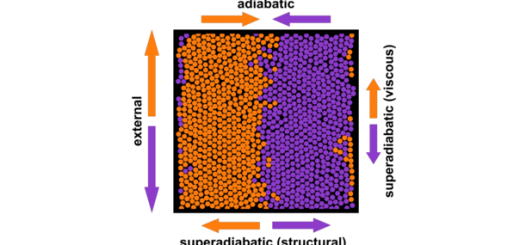Photon Statistics Measured with Scanning Tunneling Microscopy Luminescence on Single Molecules
Title: Photon Statistics Measured with Scanning Tunneling Microscopy Luminescence on Single Molecules.
When: Thursday, March 7, (2019), 12:00.
Place: Department of Theoretical Condensed Matter Physics, Faculty of Sciences, Module 5, Seminar Room (5th Floor).
Speaker: Pablo Merino, Max Planck Institute for Solid State Research, Heisenbergstraße 1, Stuttgart, Germany. Instituto de Ciencia de Materiales de Madrid, CSIC, Madrid, Spain. Instituto de Física Fundamental, CSIC, Madrid, Spain.
Photon correlations permit to distinguish between classical and quantum states of light. Three types of light sources can be considered, coherent, bunched and antibunched.[1] Despite recent advances in photon statistics on nanoscale systems, obtaining correlations from individual quantum emitters (QEs) is difficult as non-classical phenomenology becomes obscured in ensemble measurements. Suppression of photons from adjacent QEs requires spatially or energetically separation between them. By contrast, it is possible to address individual QEs even at high densities if a selective excitation by charge injection is employed. This has the potential to access classes of light sources which could not be investigated otherwise In this talk I will give a brief introduction on the experimental observation of photon (anti) bunching from individual molecular systems with atomic resolution. We have merged correlation spectroscopy with scanning tunneling microscopy luminescence (STML). By profiting from STML we can image and identify individual molecular emitters located in the nanocavity formed between a gold tip and surface. By using the tip to inject current with atomic precision we are able to excite plasmons and excitons on individual molecules [2] and demonstrate antibunched single photon emission from C60 films [3]. Additionally, we have measured bunched emission from H2 molecules adsorbed on gold surfaces. [4]
By analyzing the photon statistics we can conclude that in the first case C60 acts as a QE and we have a pure quantum-mechanical emission process whereas in the second case the emission stems from intensity blinking upon H2 motion in the nanocavity and it is fully classical.
References
- K. Kuhnke, et al. Chem. Rev. 117, 5174-5222, (2017).
- P. Merino et al. Sci. Adv. 4, 8344 (2018).
- P. Merino et al. Nat Commun.6, 8461 (2015).
- P. Merino et al. Nano Letters 19, 235-241, (2019).




















